Author: Daniel Bevis
Photography: Daniel Bevis / Ferrari
Thirty years ago, Ferrari gifted the world a convertible as dynamic as it was pretty.
The glamour of the silver screen, generally speaking, does a lot for a car’s reputation. It’s undeniable that Aston Martin pulled off a massive coup by getting its motors into the James Bond franchise, particularly given that 007 was a Bentley man in the novels. Ronin made us all want an Audi S8 (or, indeed, a Citroën XM), Jason Bourne did almost as much for the Mini as The Italian Job did, and the DeLorean would surely be little more than an entertaining footnote were it not for Marty McFly’s nuclear-fuelled mischief.

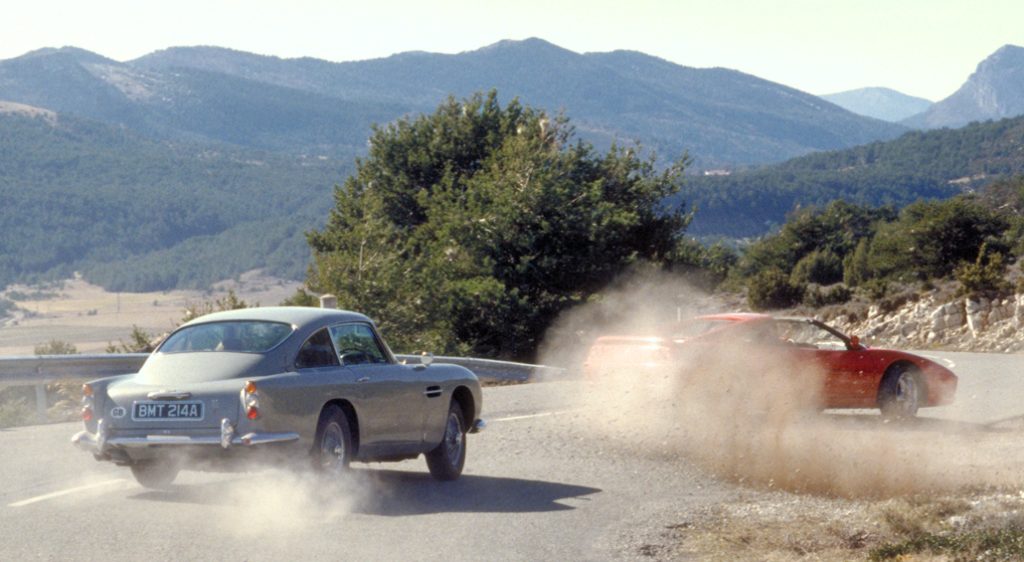
And the Ferrari F355? It’s making you misty-eyed about GoldenEye, isn’t it? And you’d think it might be damaging to a (then-)new sports car’s reputation to show it struggling to outrun a thirty-year-old Aston Martin. After all, that DB5, as well as making significantly less power than the Ferrari, must also have been hugely weighed down by all of the extra nonsense it had to carry around – a tank of oil for deploying as a slick, ammunition for the miniguns behind the headlights, that heinously complicated ejector seat mechanism? We’d have to assume that maybe Famke Janssen was just wearing the wrong shoes.
It was the sound though, that was what really made it. The effervescent howl of that glorious F129 3.5-litre V8 ricocheting off the sheer mountain sides. Janssen, in her role as Xenia Onatopp, matched oh-so stylishly – but of course – her scarf, gloves and lipstick to the F355’s Rosso Corsa paintwork, an effect with such impact that it toppled a frankly impossible number of astounded cyclists as she shimmered past, but the flex would have surely been far less flexible without Ferrari’s box-fresh cinquevalvole technology.
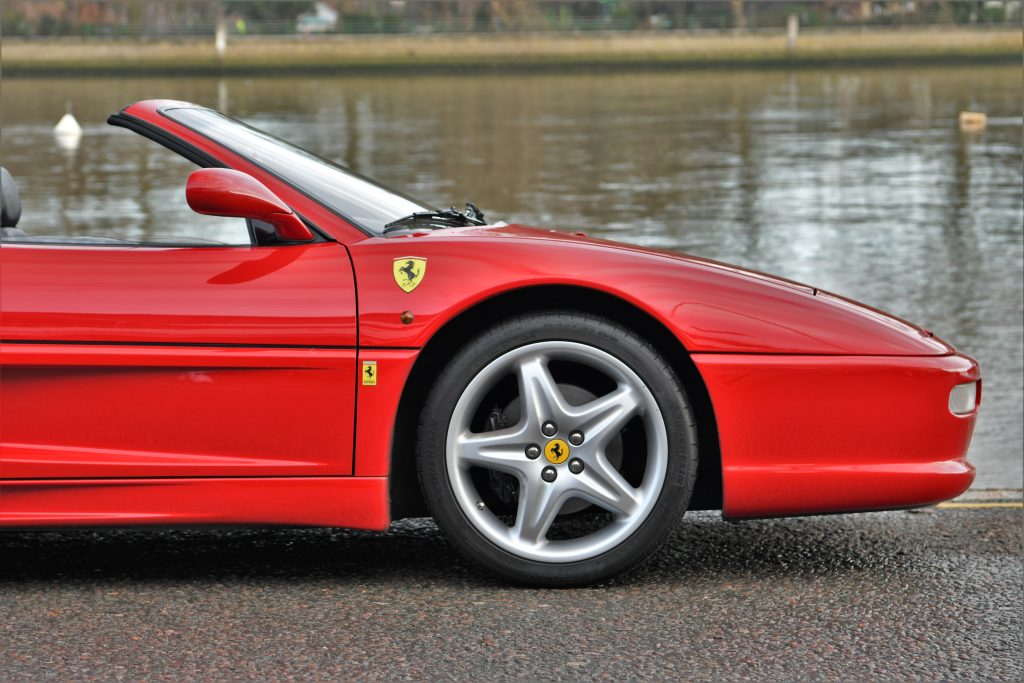
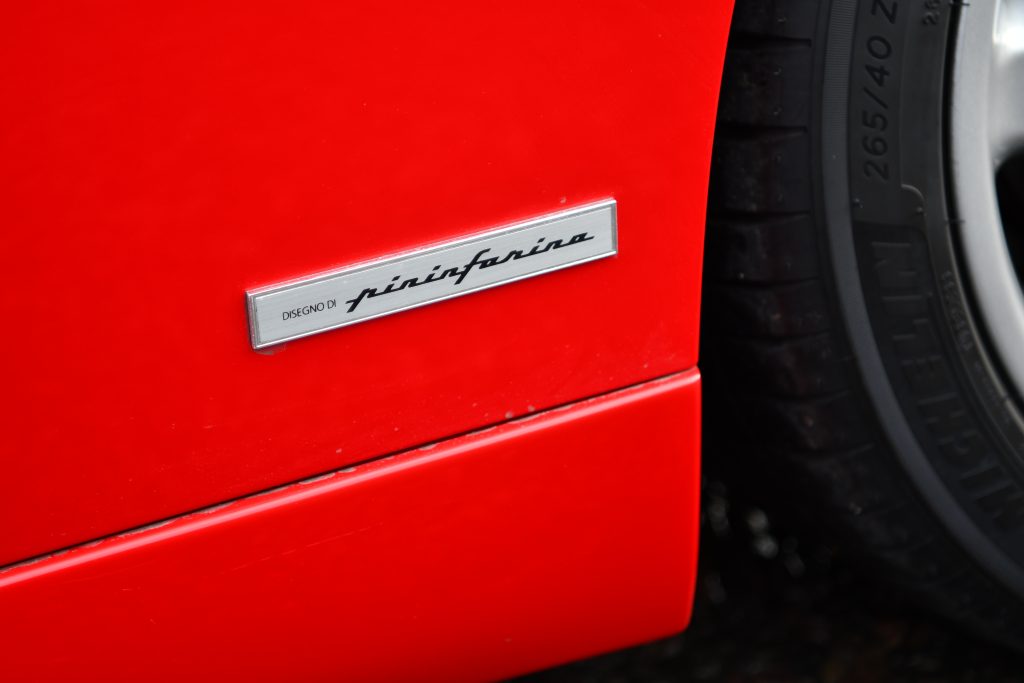
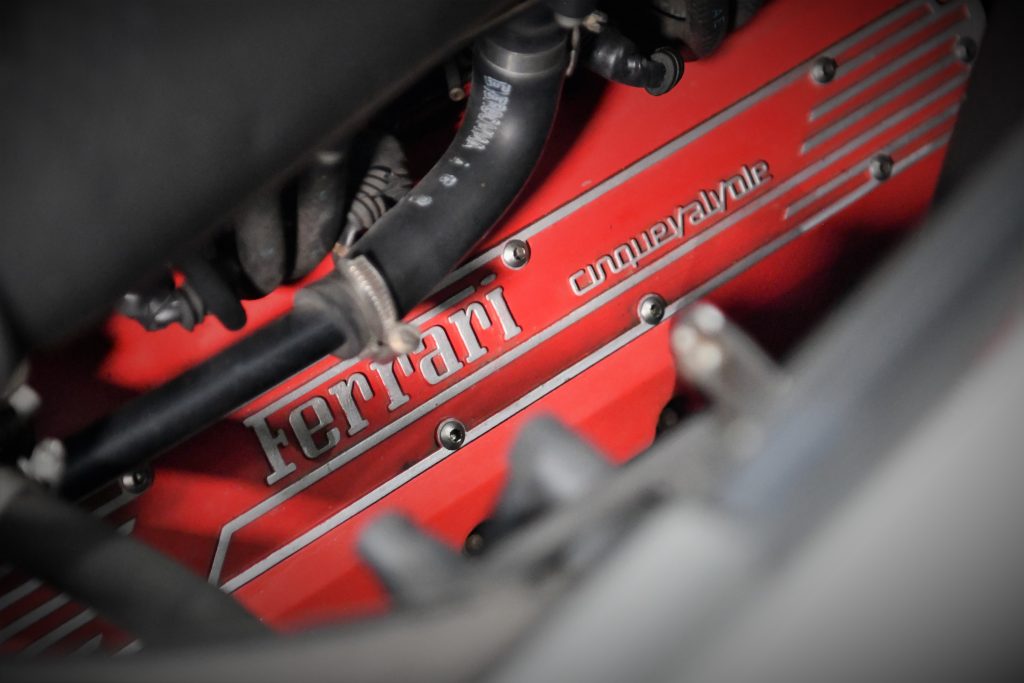
This, you see, was a remarkably clever car. Not just an evolution for Ferrari, but a revolution among its established and historic line of mid-engined V8 sports cars. Jeremy Clarkson famously owned an F355 back when it was possible to stroll into a Ferrari showroom and pick up a new one, and he described it as “the greatest driver’s car of all time” – something the engineers back at Maranello would no doubt have been rather chuffed by, as they’d put quite a lot of effort in.
Consider the genesis of the format. In 1975, Ferrari built on the idea of the V6-engined Dino to create the 308, mounting a 2.9-litre V8 into the middle of a delightfully wedgy fibreglass coupe (later swapping to steel for reasons of not feeling like a kit car, presumably) – so it’s safe to say that terms like ‘comfort zone’ and ‘received wisdom’ didn’t crop up much in the product planning meetings. Ten years later, the 328 arrived – mechanically similar, but with a 3.2-litre engine and some more eighties-ish bumpers. This was followed by the 348 in 1989, a car which posterity perhaps hasn’t been all that kind to but it’s crucial to remember that you should never believe the hype; indeed, the last V8 Ferrari to be developed before Enzo’s passing was a supremely lovable thing in the details. But while all of these models represented a gentle evolution, the arrival of the F355 in 1994 heralded something altogether more radical…
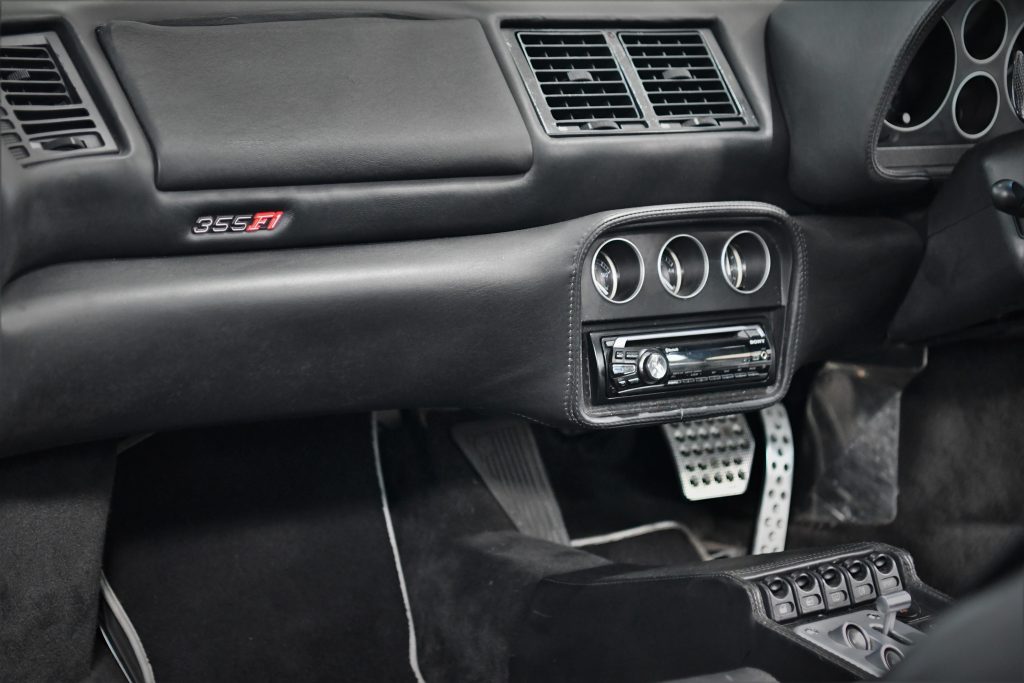
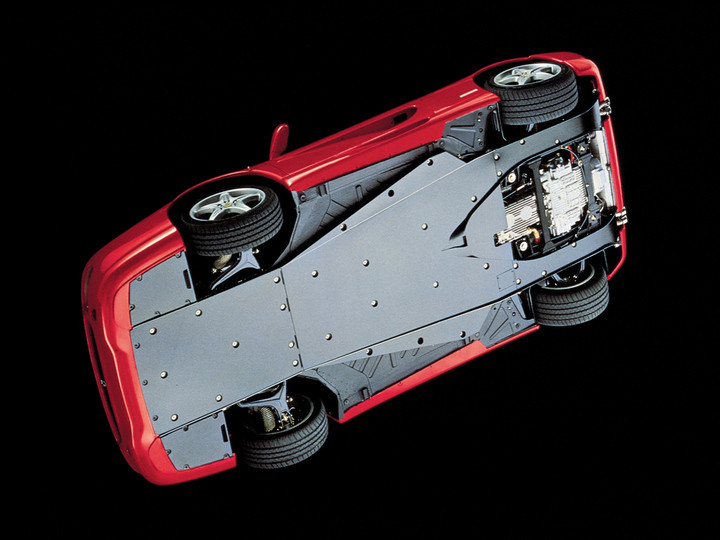

It’s the specifics that add up to something incredible. This wasn’t just a case of chucking a big engine in something pretty, the Ferrari F355 was engineered for handling and engagement above all else. Get on your knees and peep underneath, and you’ll see that it has an entirely flat floor, for aero reasons. That sumptuously sculpted body offered a slippery drag coefficient of 0.33Cd, thanks to over 1300 hours of wind tunnel testing; the perky ducktail isn’t just for coquettish whimsy, it generates real downforce. The suspension setup was supremely sophisticated, with Comfort and Sport mode at the touch of a button. And among all of this advanced development, the driver was always respected: the power-steering, for instance, was a delete option – by special order you could have an old-school manual rack.
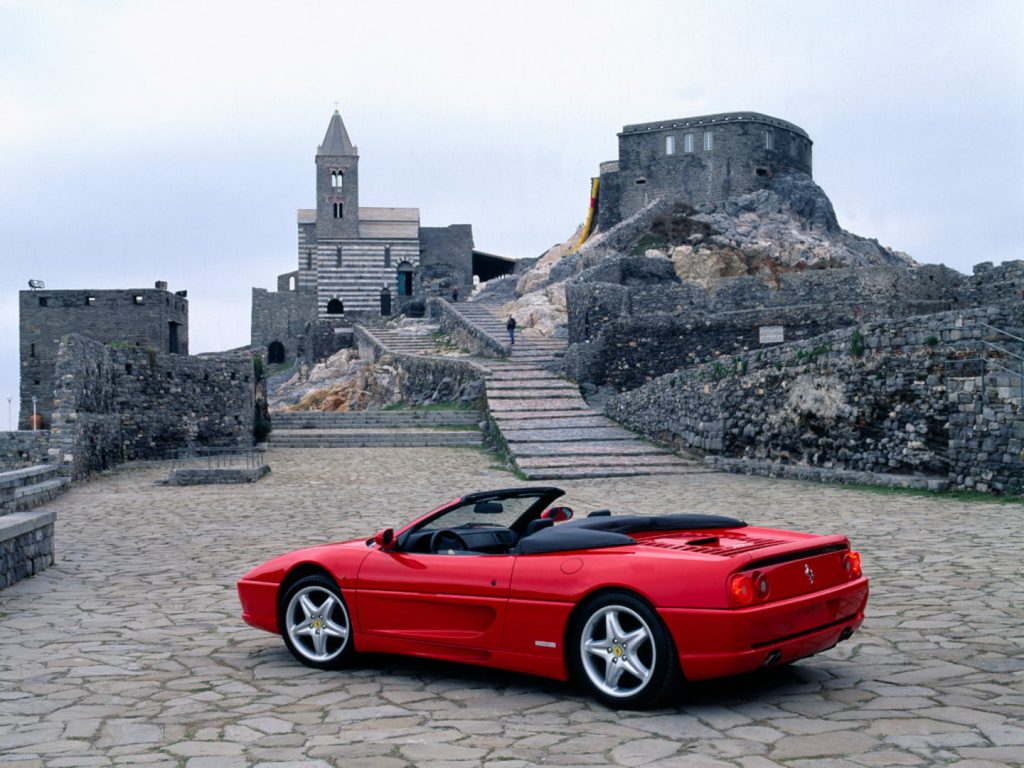
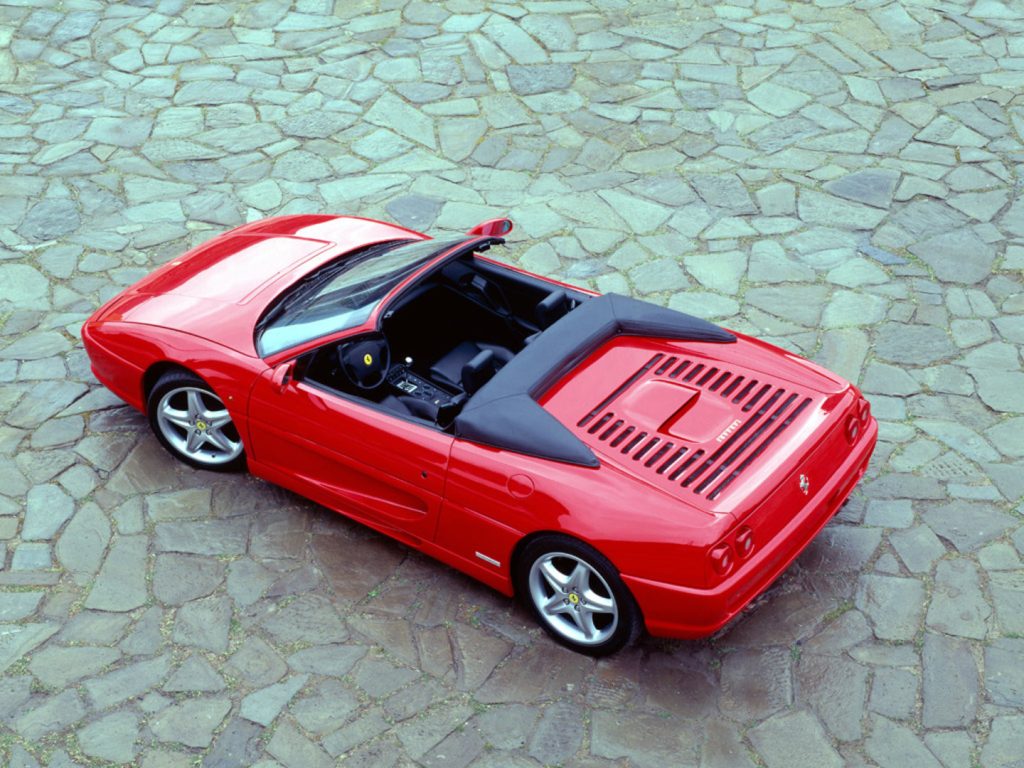
And it was that jewel-like engine that was the real party piece. If you were to crack it open and peek inside the heads, you’d find Ferrari’s first five-valve setup, allowing for more dynamic intake characteristics and thus a lot more power. Lightweight internals and a dry sump arrangement were pure race-car, and peak power was a near-hysterical 375bhp, a brawny 27% increase over the model it replaced. The transverse gearbox design was borrowed directly from Formula 1. This was, in every respect, a formidable machine.
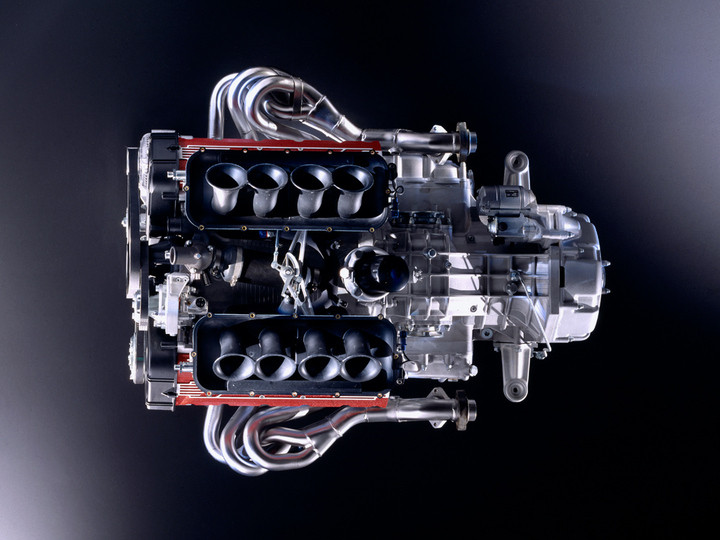
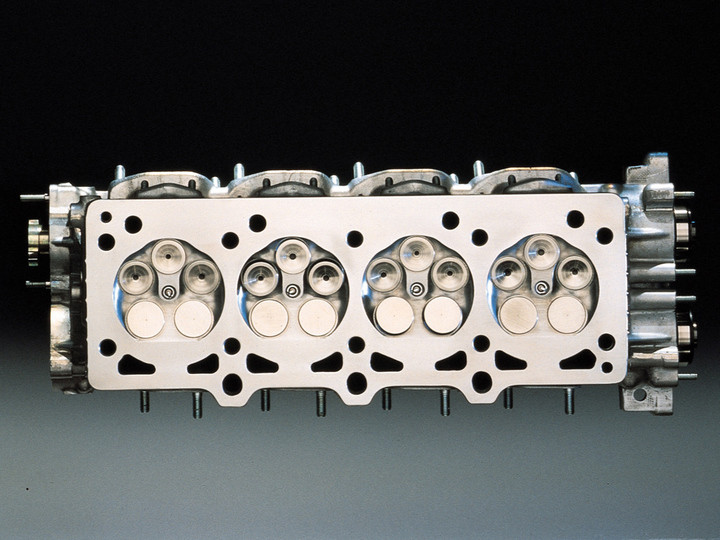
Xenia Onatopp, it’s worth noting, was driving a Targa, which allowed an open view of her ineffable panache to passers-by without frustratingly mucking up her hairdo. But there was a further step that could be taken along the F355 model range, beyond the Berlinetta and the Targa: the Spider. The full convertible, for maximum riviera vibes.
Now, you’ve probably heard tiresome bores using the phrase ‘hairdresser’s car’ when referring to convertibles. It’s the bane of MX-5 and S2000 owners’ lives, and it’s absolute nonsense. (My barber drives a Holden Monaro.) But any reputational jiggery-pokery could be safely ignored with the Ferrari F355 Spider because this was a drop-top that drove really well. Really, really well. All of that race car technology and diligence in the wind tunnel led to the creation of a machine that was every bit as good to drive as it was to look at. And when a car looks as achingly pretty as this, that’s a real plus.
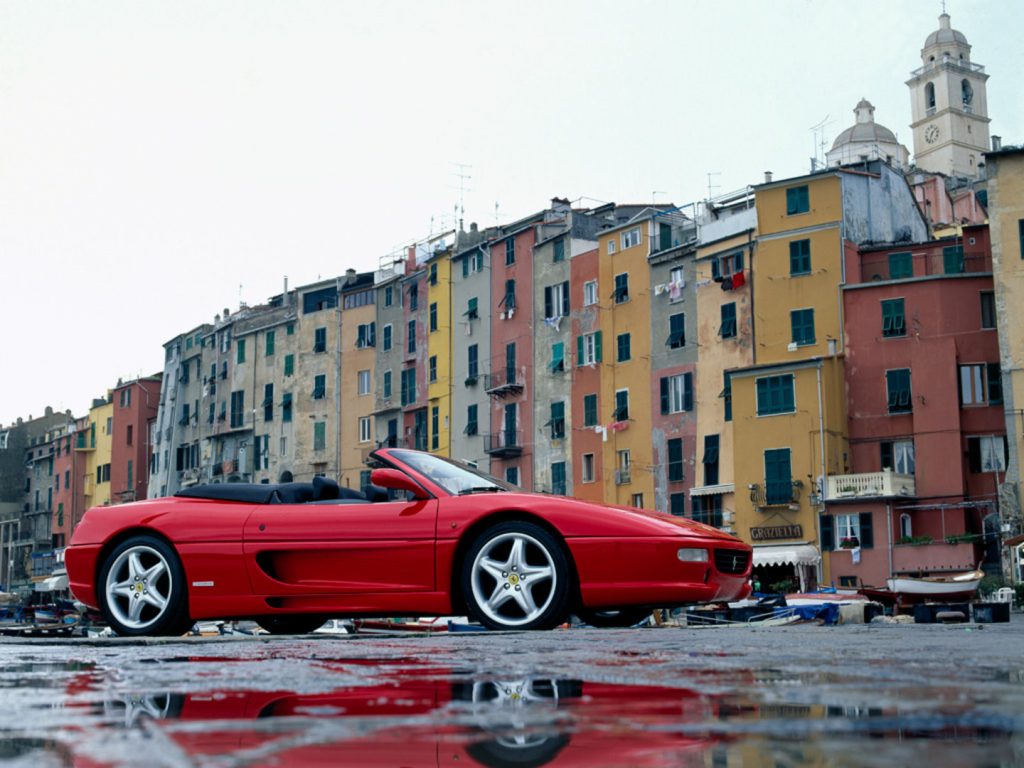
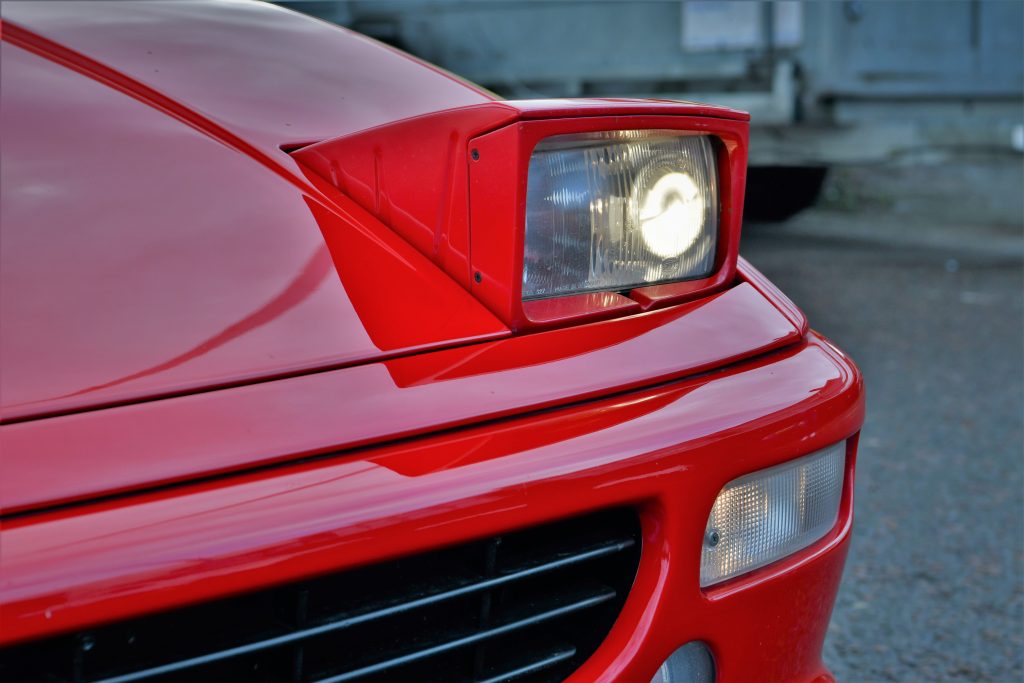
It’s little wonder that the Ferrari F355 Spider enjoys such cult appeal today. Thirty years on, it’s just as visceral and delectable as it was when Bond was taunting that Targa around those hairpins. Pleasing, too, to note that they’re more affordable than you might think: the Hagerty Price Guide puts a Condition 3 Spider at £65,800, and £54,700 for a Condition 4. That’s a nice usable example of what a certain TV presenter (with a wide frame of reference) called “the greatest driver’s car of all time”, for the price of a Golf R with a few options. What a time to be alive.
From GoldenEye glamour to Clarkson’s acclaim, the Ferrari F355 Spider redefined driver’s cars. Still the greatest of all time? Share your thoughts below.
Keep your classic on the road
At Hagerty, our mission is simple: to help you protect the car you love. Discover trusted classic car insurance from the people who get it.
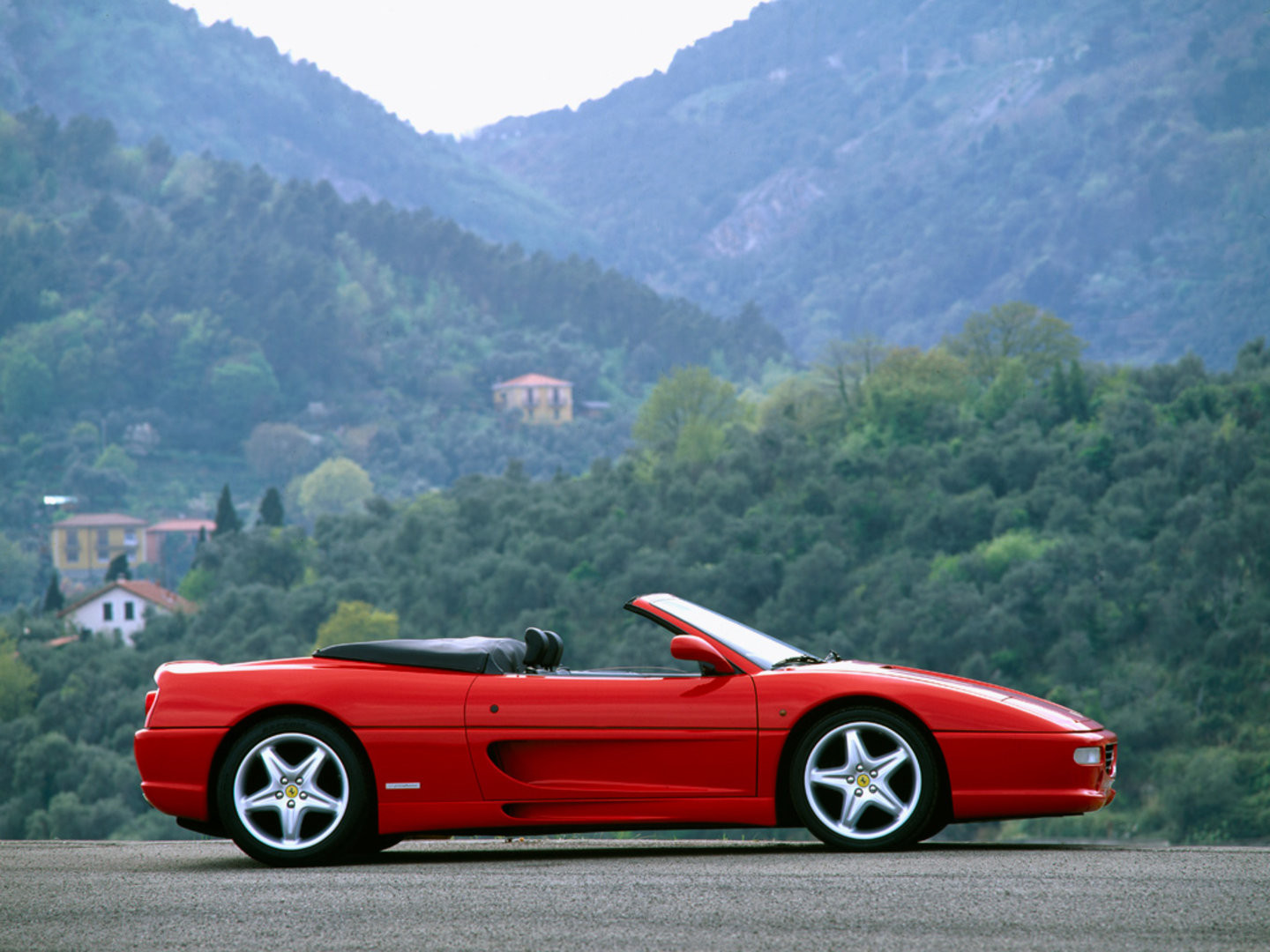

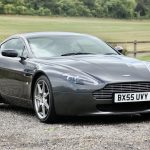

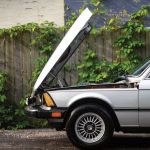
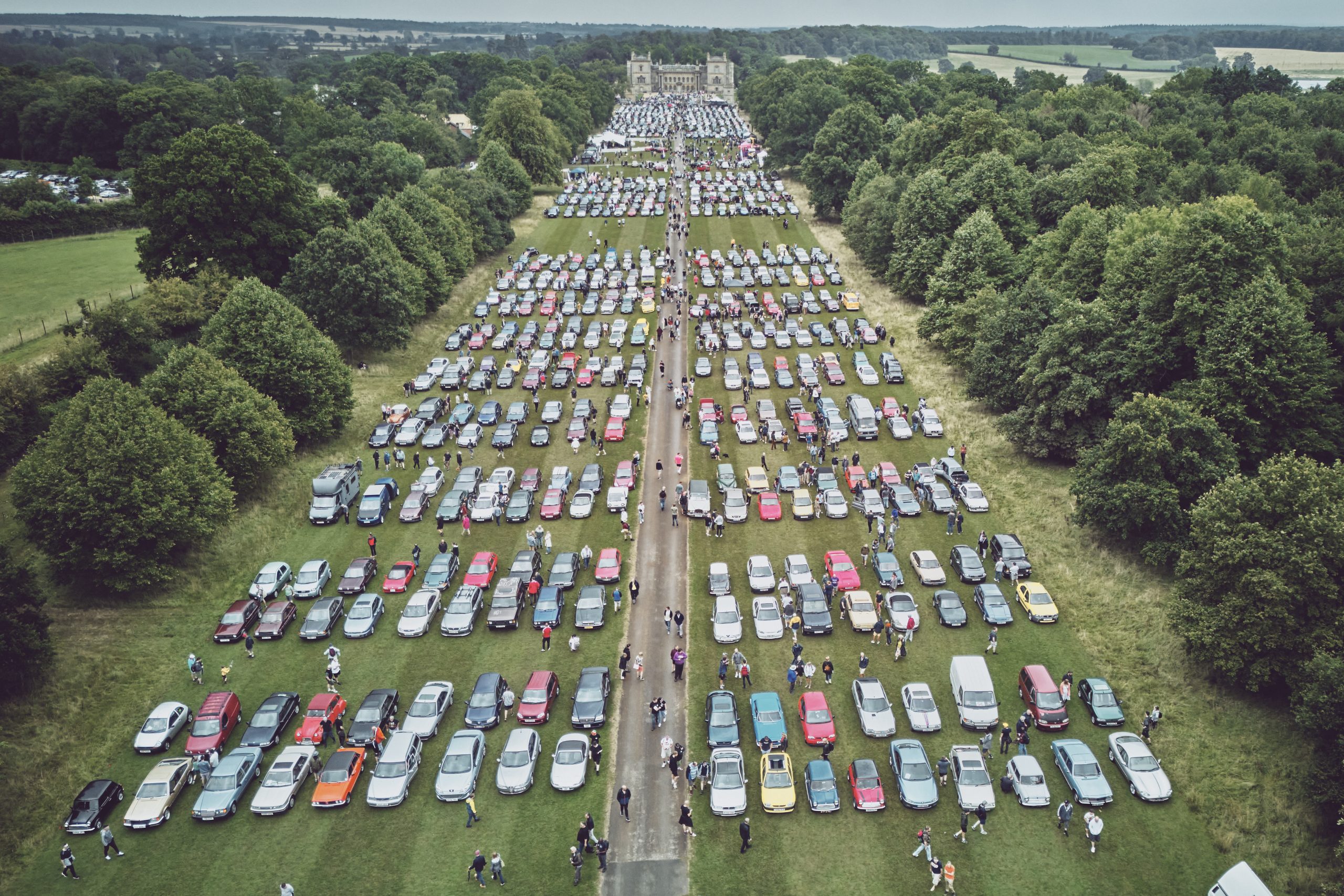

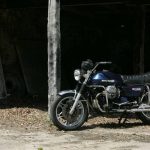
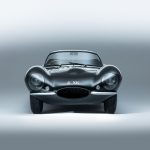

My SLK in one country is a hairdressers car, as is my 4-series convertible in another. The MX5 is the spiritual home of the hairdresser in our deliberately clumsy and offensive stratum of car culture. Anything V8 is not. Too much risk of killing the hairdresser. We still need a haircut.
Daniel, please review your words about the 308, perhaps a sub editor whittled your text down, I appreciate your article is about the 355, but your info on the 308 genesis is incorrect – the Dino 308GT4 was wedgy, a 2+2 and made in steel and designed by Bertone, the 308GTB which followed, but didn’t replace the GT4 – the Mondial did that, was initially made of fibreglass changing to steel and was designed by Pininfarina as was the 355. Perhaps I’m nit picking, but as Hagerty have such a following, I feel the info appearing under their banner should be factually correct!
Yes, other than a 288GTO, the only Ferrari I would have to replace my 308 would be a 355!